This book will save thousands of plants from early death
Darryl Cheng – the indoor plant guru for the Instagram generation – sets out the do’s and do- not’s for keen inside gardeners.
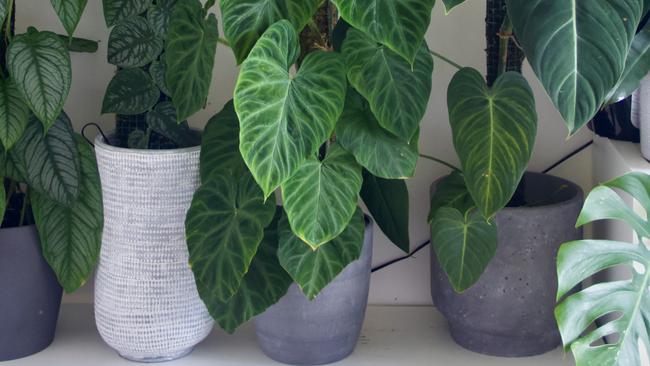
Indoor plants are gaining in popularity, especially among younger people who become dedicated “plant parents”. Collecting unusual varieties can be addictive, aided by a steady supply of enticing new offerings and the reach of online resources.
Darryl Cheng is riding this wave, with 630,000 international Instagram fans and a new book. Following his best-selling The New Plant Parent, the Toronto-based author is back with The New Plant Collector (Abrams/Thames & Hudson, $40), pitched at enthusiasts who want to step up from basic plant care to more rewarding collections. It covers 22 plant groups from Aglaonema to Tillandsia, detailing for each the requirements for light, temperature, humidity, potting mix, watering and propagating, with practical tips. The photographs are inspirational and the how-to pictures are instructive.
Cheng’s writing style is light-hearted but his advice is solid, with plenty of science behind it. The wealth of practical information in his book is likely to save thousands of plants from an early death and keep indoor gardeners keen.
Mum’s the Word
Chrysanthemums are associated with Mother’s Day. Look for potted specimens that are crammed with blooms, which will last for ages.
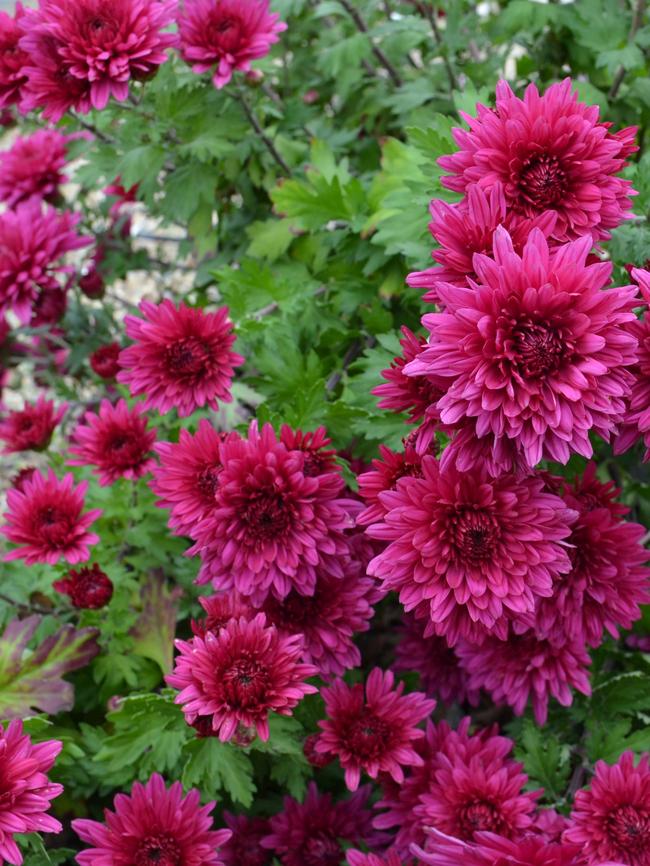
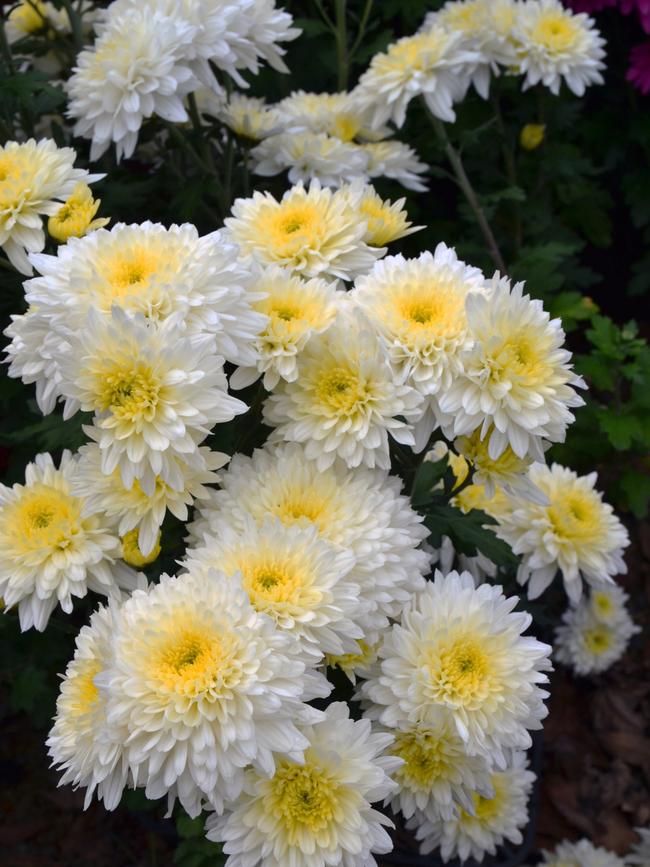
These daisy relatives come in a huge range of colours and styles, including these beauties below.
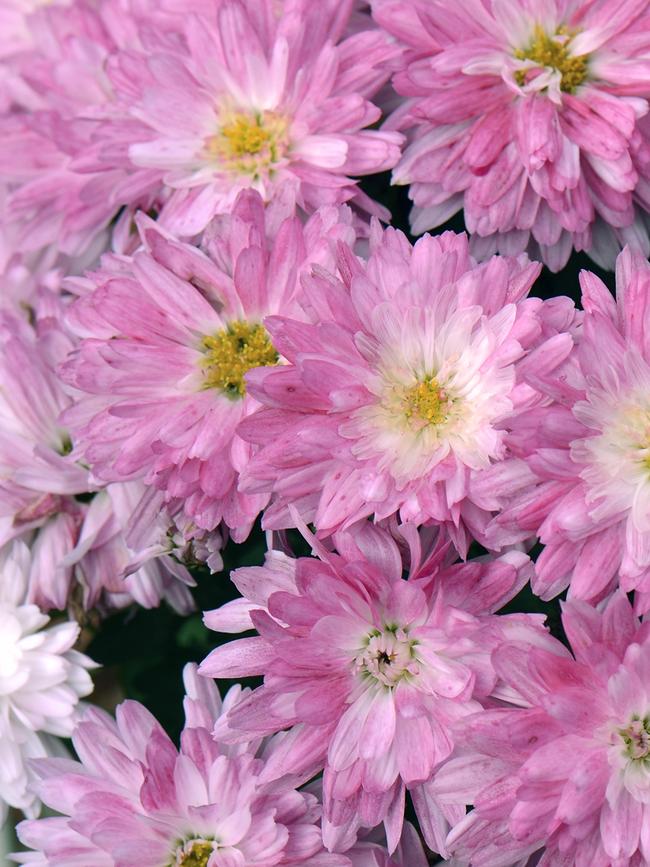
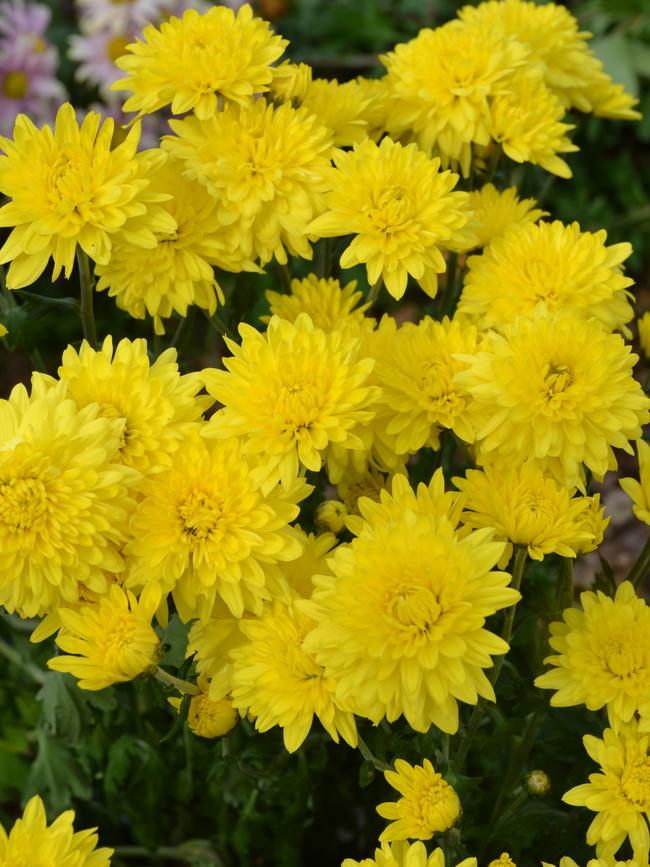
Q&A
My two large pots of rhubarb grew new leaves and crowns but seem to lack oomph, despite feeding with blood and bone and complete fertiliser. How can I give them a boost next spring after their winter dormancy?
Gen Auman, by email
Rhubarb is a hungry plant, preferring rich, well-drained soil and regular, generous applications of compost and organic-based fertiliser, plus water, through the growing season. Any water stress directly affects growth, so pots would require especially careful watering. Pots should be at least 50cm diameter for each plant. Rhubarb is best suited to temperate and cool climates; it does not grow well when temperatures are above 25C.
The 120m of blue agapanthus that line our driveway (and we dead-head each year) provide a fantastic display but are becoming congested. How aggressively and with what equipment can I cut them back and thin them?
Heather Solly, Finniss, SA
Unfortunately, cutting the plants back won’t relieve the congestion – you need to dig them up and divide them. Autumn is the ideal time. They will survive the roughest treatment. You could use an excavator or tractor, then divide them into smaller chunks with a spade or mattock. They’d grow even if you only laid them on the soil or left them unplanted for weeks. A great manual tool for heavy digging is the Prong (prong.com.au).
How did plant food come to be called fertiliser?
Peter Flint, Melbourne
The Latin fertilis means “bearing in abundance, fruitful, or productive”. The verb fertilise, recorded from about 1640, came from “make fertile”, in the sense of encouraging growth and reproduction, with the noun fertiliser appearing from the 1660s.




To join the conversation, please log in. Don't have an account? Register
Join the conversation, you are commenting as Logout